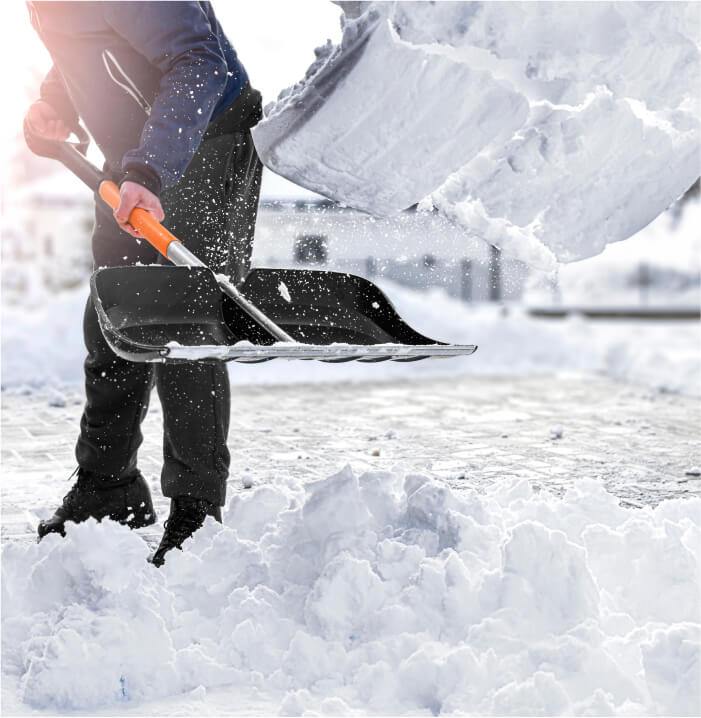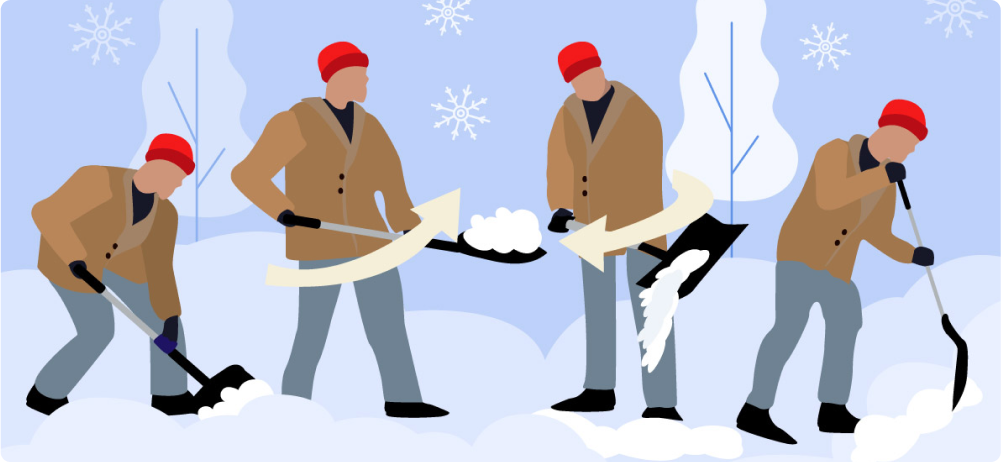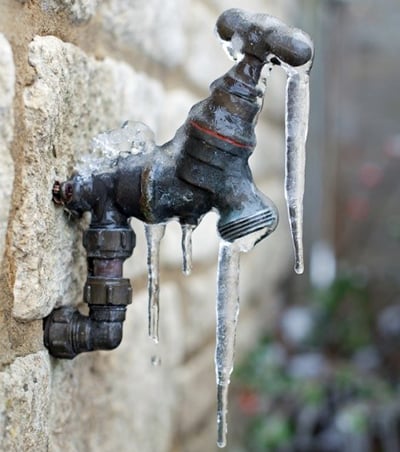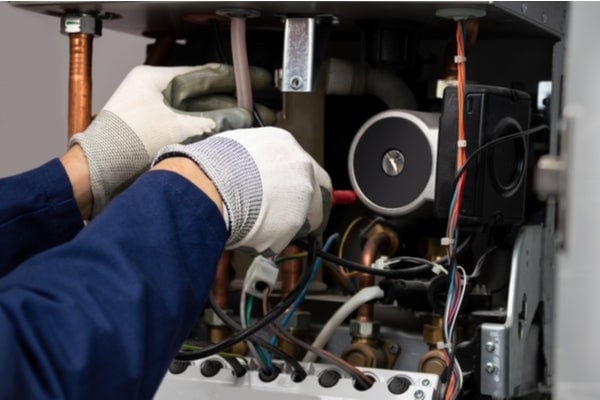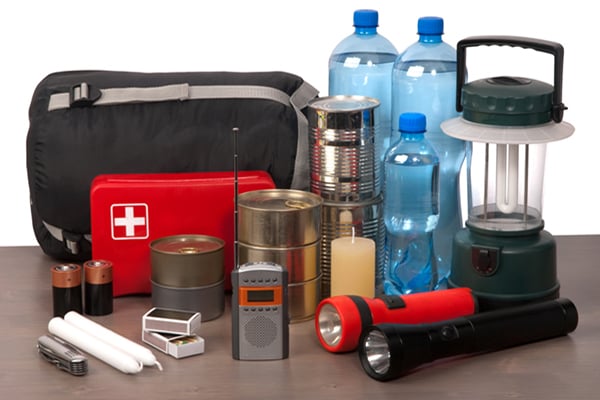Roof snow removal tips
When a big storm rolls in, it’s essential to remove excess snow from your roof to prevent structural damage. Follow these roof winter safety tips to make sure you do it safely:
- Use a Roof Rake: Instead of climbing onto your roof, use a long-handled roof rake to clear snow while staying safely on the ground. Using a roof rake reduces the risk of falling on your slippery shingles and lets you keep your feet firmly planted where they belong.
- Clear Snow Early and Often: Don’t let snow accumulate too much before removing it. Clearing your roof regularly helps prevent the formation of heavy ice dams, which can damage your roof and lead to leaks inside your home.
- Improve Attic Ventilation: Proper ventilation can help reduce ice buildup by keeping your roof closer to the outdoor temperature, minimizing the risk of ice dams. A well-ventilated attic is a big step toward preventing winter roof damage.
Prevent carbon monoxide buildup
Your house needs to be heated against the winter chill, but this season also comes with the risk of carbon monoxide buildup. Make taking precautions against carbon monoxide poisoning part of your winter preparedness toolkit.
- Check Your Carbon Monoxide Detectors: Ensure all detectors in your home are functioning and have fresh batteries. Carbon monoxide is odorless and invisible, so a working detector is your first line of defense.
- Ventilate Your Home Properly: Make sure gas appliances like your furnace, fireplace, and space heaters are venting properly to prevent carbon monoxide from building up. Don’t block vents or let snow pile up around outdoor exhaust outlets.
- Never Use Gas Appliances Indoors for Heat: While it may be tempting, don’t use your oven, grill, or any unvented gas appliance as a heat source. These can release dangerous levels of carbon monoxide.
Stay Winter-Ready With American Home Shield®
Extreme cold weather or storms tend to catch us off guard, but with this winter weather safety checklist, you’ll be prepared long before the first snowflake falls. Unfortunately, even with the best preparations, sometimes things don’t go as planned.
That’s where an American Home Shield® home warranty plan comes in, offering your major home systems and appliances coverage against unexpected winter breakdowns. Plus, with the HVAC tune-up included in most plans, you’ll have peace of mind knowing that your system will run reliably when you need it most during the cold winter months.
